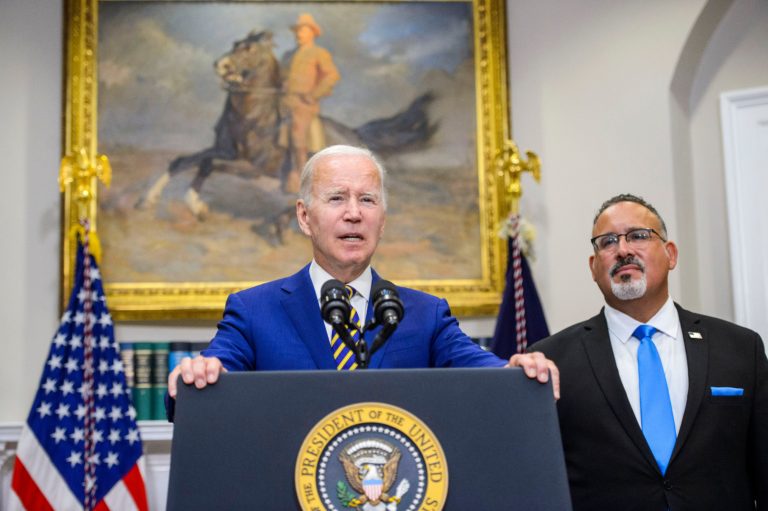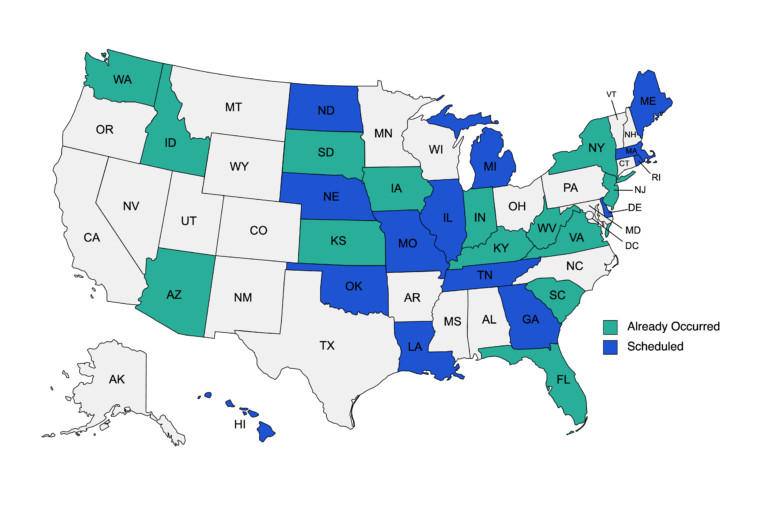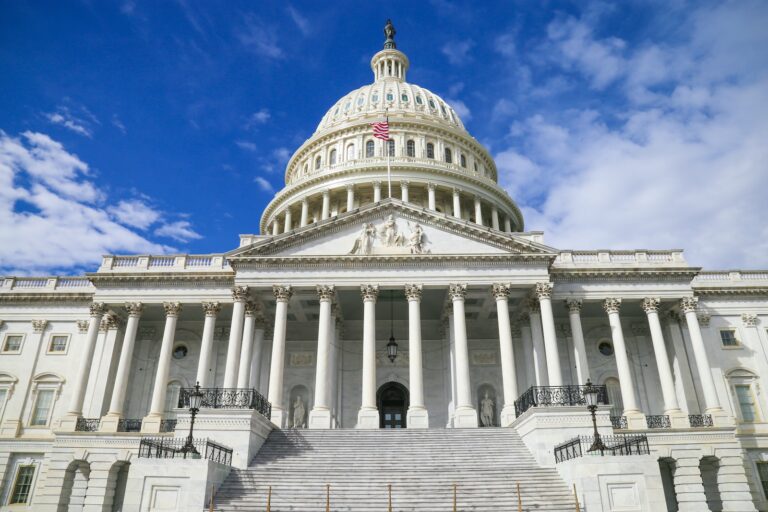The wait is over. Speculation and rumors have continued to swirl for the first 20 months of the Biden Administration as to whether the President would fulfill a campaign promise and address the nation’s mounting student debt – now totaling over 1.75 trillion owed by more than 43 million borrowers. Today, the U.S. Department of Education (ED) announced the long-awaited details of targeted federal student debt cancellation. The Administration has proposed to forgive:
- Up to $10,000 for borrowers who have an annual income of under $125,000 for individuals or under $250,000 for married couples;
- Up to $20,000 for borrowers who received a Pell Grant while attending college who also have an annual income of under $125,000 for individuals or under $250,000 for married couples.
The precise details and timing of implementation of the loan forgiveness policy proposal remain unclear, but ED indicated borrowers will have access to an application by the end of the calendar year. It is estimated that nearly 8 million borrowers may be eligible to receive automatic federal student loan forgiveness if ED already has access to their income information.
Today’s announcement also includes a final four-month extension of the current federal student loan payment pause to December 31. Under the current pause, which originated under the Trump Administration in March 2020, federal student loan borrowers have not been required to make monthly payments on their federal student loans.
How did we get here?
As a presidential candidate, Joe Biden campaigned on the promise to forgive up to $10,000 for every borrower. Other Democratic candidates called for more relief going as far as advocating for a cancellation of all student debt, without income thresholds. Prior to today’s announcement, the Biden Administration has approved $32 billion in student loan forgiveness through “targeted” initiatives and expansion of current policies, but had not yet made a declaration impacing such a broad cohort of borrowers.
What’s Next?
Included in today’s announcement is a legal memorandum from the Department which outlines ED’s authority to forgive federal student loans. The Department argues that their legal authority is based on the provisions in the 2003 Higher Education Relief Opportunities for Students (HEROES) Act, which passed in the wake of the attacks of September 11th, and allows the Secretary to provide waivers during times of national emergency. The legal memorandum makes the case that the COVID-19 global pandemic is grounds for executing this legal authority for sweeping federal loan forgiveness. In the past, some members of Congress – particularly those who worked to enact the HEROES Act in the wake of the September 11 terrorist attacks – have challenged whether waivers for loan forgiveness programs fall within the scope of this statutory authority. Moreover, even Democratic leaders have questioned whether the Administration has the authority to enact federal student loan cancellation.
Some critics of the sweeping loan cancellation proposal have noted loan forgiveness does not tackle postsecondary education costs or the need for student debt, at all. Meanwhile, others have noted the need for more targeted loan forgiveness to address socioeconomic and racial wealth gaps.
As more information becomes available about the Administration’s proposal, we will update our analysis and continue to track potential considerations and possible impacts.




